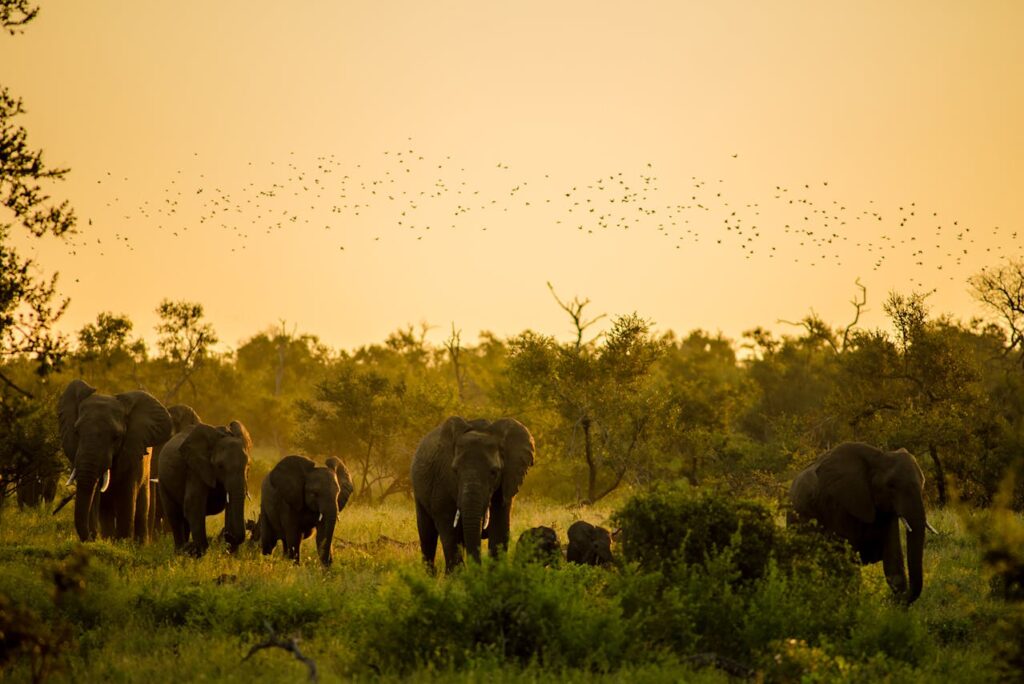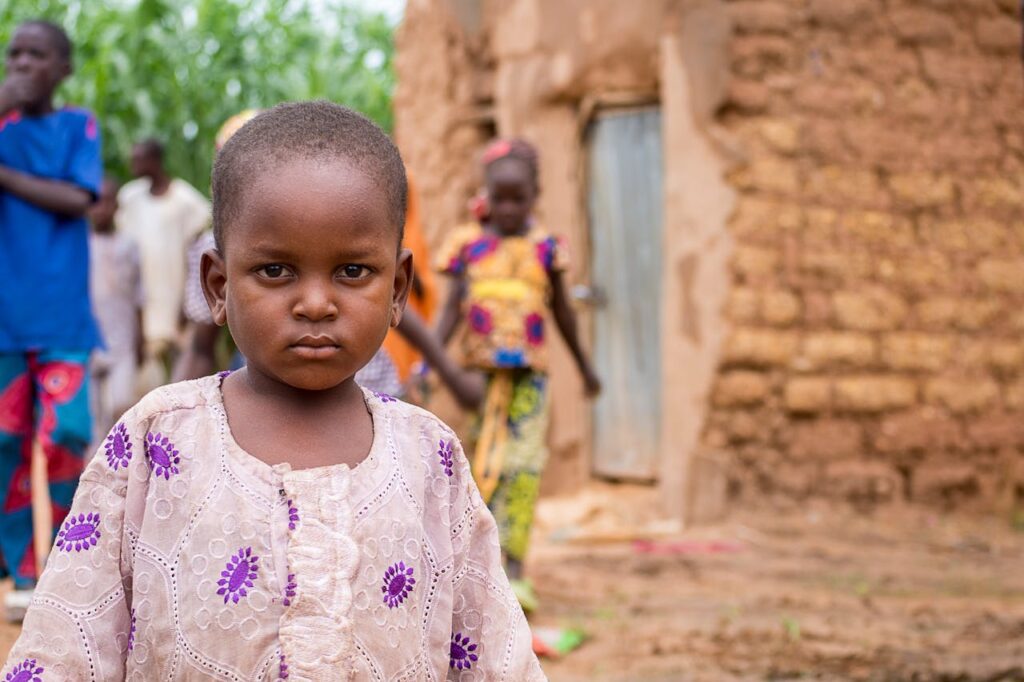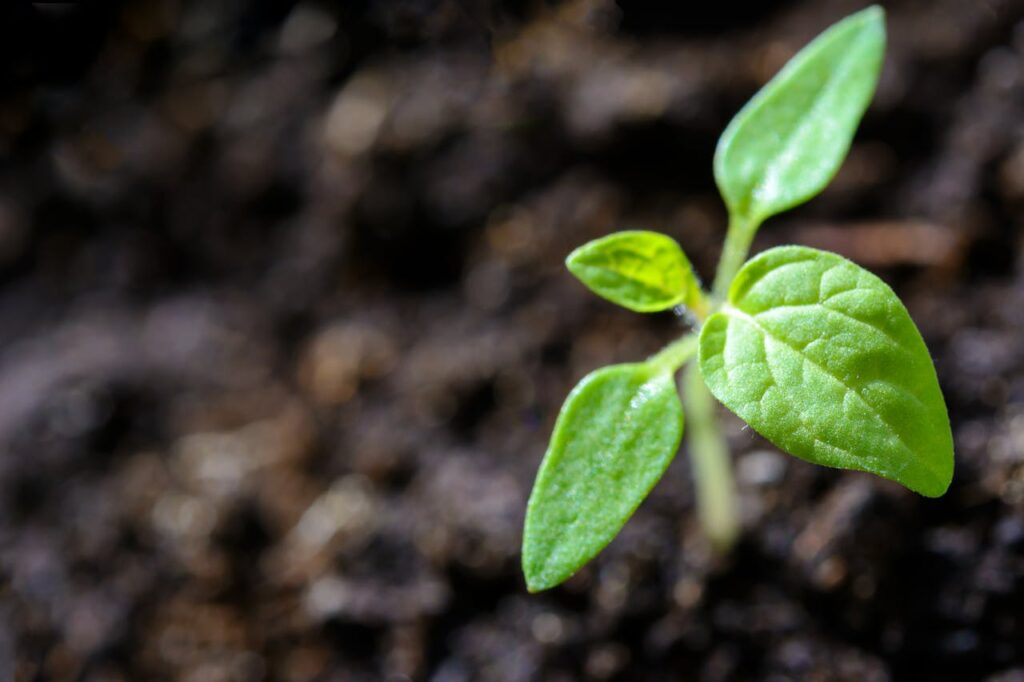Endangered Species Conservation in Uganda: Challenges and Opportunities
By Masudi Hajji, CEO of Earth and Humanity Initiative Uganda, a country known for its rich biodiversity, is home to many endangered species. The country’s unique geography, with its tropical forests, savannas, and mountains, supports a wide range of flora and fauna. However, many of these species are facing numerous threats, including habitat loss, poaching, and climate change. In this article, we will explore the challenges and opportunities in endangered species conservation in Uganda. The State of Endangered Species in Uganda Uganda is home to many endangered species, including the mountain gorilla, chimpanzee, African elephant, and lion. According to the International Union for Conservation of Nature (IUCN), many of these species are facing significant threats to their survival. The mountain gorilla, for example, is listed as endangered, with only around 1,004 individuals remaining in the wild. Challenges in Endangered Species Conservation There are several challenges that hinder endangered species conservation in Uganda. One of the main challenges is habitat loss and fragmentation. The destruction of natural habitats, mainly for agriculture, urbanization, and logging, has reduced the available habitat for many species. This has led to fragmentation, where species are confined to small, isolated areas, making it difficult for them to survive. Another significant challenge is poaching. Many species, including elephants and lions, are hunted for their body parts, which are believed to have medicinal properties. Poaching has decimated many populations, and it continues to be a major threat to endangered species in Uganda. Climate change is also a significant challenge in endangered species conservation. Changes in temperature and rainfall patterns are altering ecosystems, making it difficult for species to adapt. This can lead to changes in population dynamics, migration patterns, and even extinction. Conservation Efforts in Uganda Despite the challenges, there are many conservation efforts underway in Uganda. The government, NGOs, and local communities are working together to protect endangered species and their habitats. One notable initiative is the conservation of mountain gorillas in Bwindi Impenetrable National Park and Mgahinga Gorilla National Park. Tourism has also played a significant role in conservation efforts. Gorilla trekking, for example, has generated income and created jobs for local communities, while also promoting the conservation of mountain gorillas. Community led conservation Community led conservation is another approach that has shown promise in Uganda. Local communities are being empowered to manage their natural resources, including forests and wildlife. This approach not only promotes conservation but also provides benefits to local communities, such as income and employment. Opportunities for Conservation There are many opportunities for conservation in Uganda. One opportunity is ecotourism. Ecotourism can generate income and promote conservation, while also providing benefits to local communities. Another opportunity is sustainable land use planning. By planning land use sustainably, Uganda can reduce habitat loss and fragmentation, while also promoting conservation. Conclusion Endangered species conservation in Uganda is a complex issue that requires a multifaceted approach. While there are many challenges, there are also many opportunities for conservation. By working together, the government, NGOs, and local communities can protect Uganda’s rich biodiversity and promote sustainable development. Recommendations To address the challenges in endangered species conservation, we recommend the following: 1. Strengthen laws and policies to protect endangered species and their habitats. 2. Support community led conservation initiatives. 3. Promote sustainable land use planning. 4. Develop ecotourism initiatives that benefit local communities and promote conservation. 5. Provide education and awareness raising programs on the importance of conservation. By implementing these recommendations, Uganda can make significant progress in endangered species conservation and promote sustainable development.



